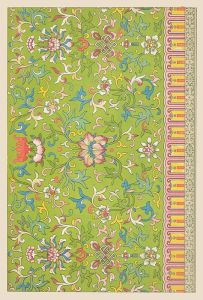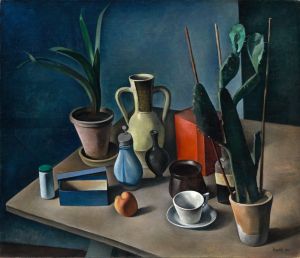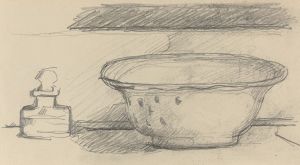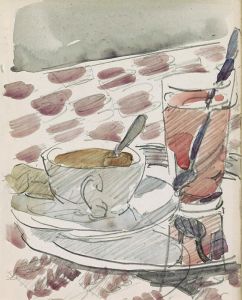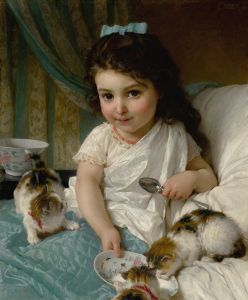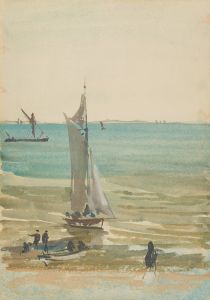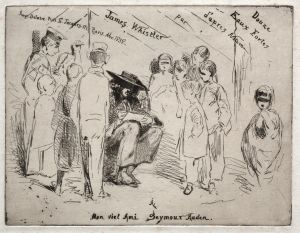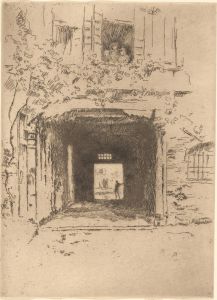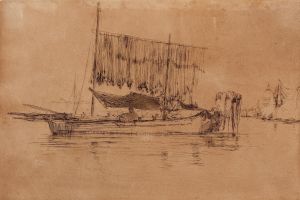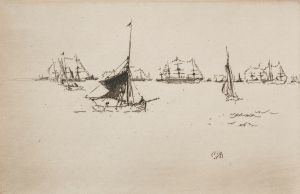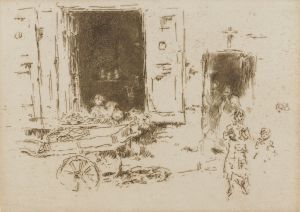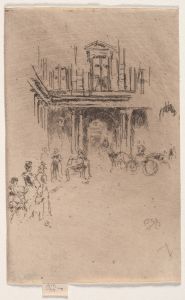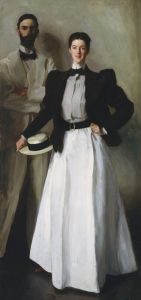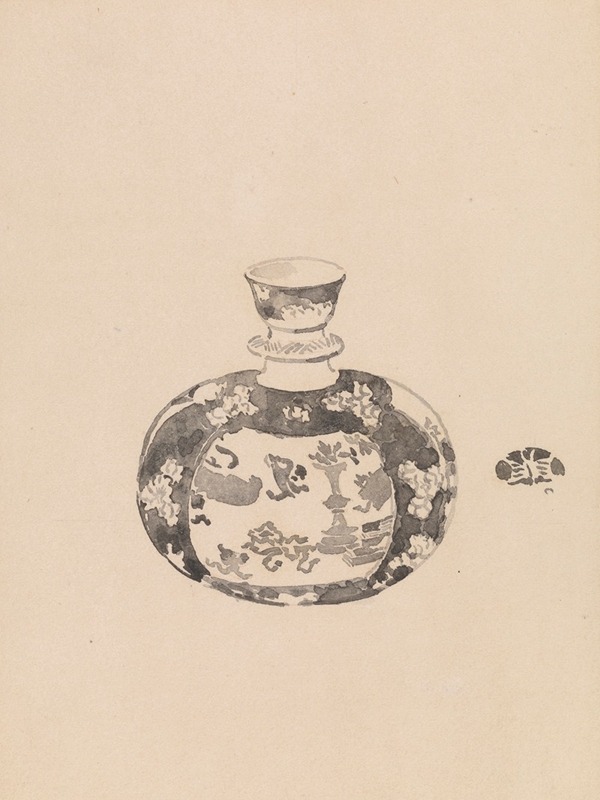
Oviform Ginger-Jar with Bell-Shaped Cover
A hand-painted replica of James Abbott McNeill Whistler’s masterpiece Oviform Ginger-Jar with Bell-Shaped Cover, meticulously crafted by professional artists to capture the true essence of the original. Each piece is created with museum-quality canvas and rare mineral pigments, carefully painted by experienced artists with delicate brushstrokes and rich, layered colors to perfectly recreate the texture of the original artwork. Unlike machine-printed reproductions, this hand-painted version brings the painting to life, infused with the artist’s emotions and skill in every stroke. Whether for personal collection or home decoration, it instantly elevates the artistic atmosphere of any space.
"Oviform Ginger-Jar with Bell-Shaped Cover" is a painting by the American artist James Abbott McNeill Whistler. Whistler, born on July 10, 1834, in Lowell, Massachusetts, was a prominent figure in the American and European art scenes during the late 19th century. He is best known for his innovative approach to painting and his influence on the Aesthetic Movement, which emphasized the visual and sensual qualities of art over its narrative content.
The painting "Oviform Ginger-Jar with Bell-Shaped Cover" is an example of Whistler's interest in still life and his fascination with Asian art and ceramics. This piece reflects his appreciation for the delicate beauty and intricate designs of Chinese porcelain, which were highly fashionable in Europe and America during his time. Whistler's work often incorporated elements of Japonisme, a trend that involved the incorporation of Japanese art and design into Western art.
In this painting, Whistler depicts a ginger jar, a type of Chinese porcelain vessel that was commonly used for storing spices, herbs, and other goods. The jar is characterized by its oviform (egg-shaped) body and a bell-shaped cover, which are typical features of this type of ceramic. The artist's attention to detail and his ability to capture the subtle nuances of light and shadow on the jar's surface demonstrate his technical skill and his sensitivity to the aesthetic qualities of his subject matter.
Whistler's use of color in "Oviform Ginger-Jar with Bell-Shaped Cover" is also noteworthy. He employs a limited palette, focusing on the harmonious interplay of blues and whites, which enhances the elegance and simplicity of the composition. This restrained use of color is a hallmark of Whistler's style and reflects his belief in the importance of harmony and balance in art.
The painting is also indicative of Whistler's broader artistic philosophy, which he articulated in his famous "Ten O'Clock Lecture" delivered in 1885. In this lecture, Whistler argued that art should be appreciated for its own sake, rather than for its ability to convey moral or social messages. He believed that the true value of art lay in its ability to evoke beauty and emotion through its formal qualities, such as color, composition, and technique.
"Oviform Ginger-Jar with Bell-Shaped Cover" is a testament to Whistler's mastery of still life painting and his deep appreciation for the beauty of everyday objects. It also reflects his broader artistic vision, which sought to elevate the aesthetic experience above all else. Today, Whistler is remembered as one of the most influential artists of his time, and his work continues to be celebrated for its innovation, elegance, and timeless appeal.





